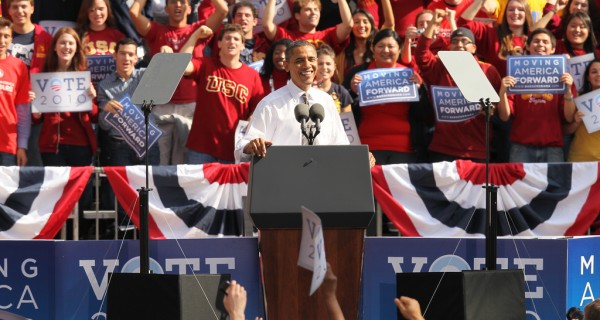 With improvements in technology, communication in business has been transformed. But recent research reported by the Wall Street Journal states that 90% of conversations still take place offline, and that word-of-mouth is the strongest marketing tool.
With improvements in technology, communication in business has been transformed. But recent research reported by the Wall Street Journal states that 90% of conversations still take place offline, and that word-of-mouth is the strongest marketing tool.
Events that Matter, a specialist corporate events management agency based in Surrey, agrees that holding a live event where you can meet clients and suppliers in person is still the best way to communicate your brand.
“People buy from people – nothing’s changed there,” said Owen Hills, Director of Events that Matter. “Events are arguably the most ‘real’ experience of your brand and provide a fantastic way to communicate your points of differentiation. Creating an experience for clients, suppliers and resellers that is memorable, enjoyable and informative and integrating this into your overall marketing activity can be crucial for success.”
Below are tips from the Events that Matter team on how to create an event that engages with its attendees and achieves the greatest ROI (Return on Investment):
Before the event
1. Focus on the key aims and targets of your marketing plan, so that your event ties in with your marketing objectives.
2. Define objectives for the event, ensuring that they’re SMARTER (specific, measurable, achievable, realistic, timely, evaluate and reevaluate). Also, agree measurement goals that you can refer back to after the event.
3. Ensure that your messaging is coherent. The event needs to be consistent with your company ethos, branding and current marketing activity.
4. Promote the event itself with PR and marketing efforts. Target the correct audiences so that the right people come to the event, and get in touch with press to help promote it.After the event
1. Check the success of your event against the measurement goals that you set out in the planning stage. Get feedback from attendees and reflect on what went well and what didn’t, so that you can work on it for next time.
2. Weigh up the benefits of the event against the drawbacks, so that you can recognise its business impact and understand your ROI. Compare the monetary benefits that the event delivers against the amount it cost you to run.

